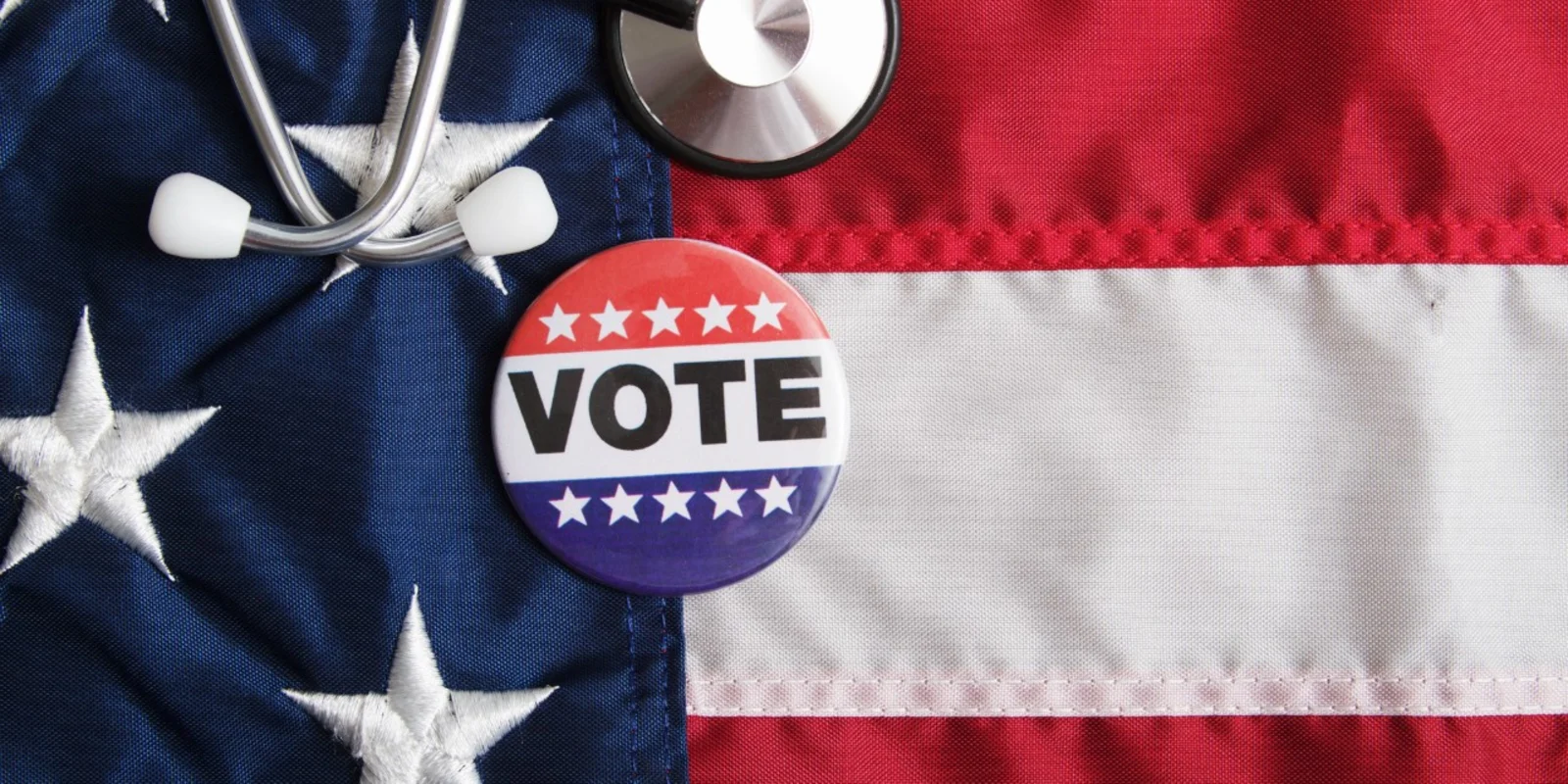
As part of my civic duty, I recently mailed in my ballot and voted in my state’s recent primary election. It reminded me of a conversation nearly 18 months ago in the hallway of my clinic. During the fall 2016 election, a father of 2 kids asked me, their pediatrician, whether I was going to vote. We had been talking about Oakland’s housing and transportation challenges that fall. He said he was not going to vote because “nothing was going to change.” I then asked if he was going to get his flu vaccine. He said yes because “they said it was going to be a bad flu season this year.” I asked him why he would get his flu shot, but not vote, and why one was more important than the other. He just shrugged and said, “My job said I have to get the shot….but nobody said I have to vote”.
To me it was a puzzling example of how we minimize the kind of societal large scale prevention and improvement that is fundamentally in our own control. In my own practice and in the healthcare context, screening and vaccinations offer wonderful supportive strategies to identify and prevent the diseases that affect population health. In the context of governance and creating healthy outcomes for populations , voting is the parallel vehicle that delivers the power, money, and resources to redistribute and redefine living conditions. Physicians care deeply about the relationships that we develop with our patients and communities, in an effort to promote wellness and health equity.
Perhaps our message must go beyond the bedside and to the ballot box. According to the American Academy of Pediatrics, nearly 1 in 5 children live in poverty and nearly 1 in 6 live in a household that is food insecure. The World Health Organization’s Commission on Social Determinants of Health states that “Social and economic policies have a determining impact on whether a child can grow and develop to its full potential and live a flourishing life, or whether its life will be blighted” and that “the development of a society, rich or poor, can be judged by the quality of its population’s health, how fairly health is distributed across the social spectrum, and the degree of protection provided from disadvantage as a result of ill-health.” The power of improvement, particularly in shifting directions in policy and equity, begins with our individual vote and dies with our apathy and failure to do so.
Rishi Manchanda, MD, author of the Upstream Doctor, mentions that “treating people without tackling the conditions that make them sick is a losing value proposition.” Providers, patients, and populations can change this by shaping these conditions and overseeing the governance of these social influencers. Creating campaigns to prevent disease and promote screening must be partnered closely with creating awareness of the responsibility to vote and be heard. As our communities rightfully ask the healthcare delivery system about the next strategy for prevention and screening, we must also remind each eligible patient and community member to register and vote. Moreover, we must create both opportunities and portals to do so at our hospitals, emergency/urgent care centers, and clinics. In essence, voting is our democracy’s “regular checkup” and we all must register and make our “appointment.”
That fall, I spent a few moments chatting with that father of 2 about voting. I shared honestly with him that I too have been skeptical of how much change I can affect alone, but that I also believe in the terrific power of informed and smart communities. We both decided that we would look at California’s online registration site and register. While I always remain concerned that like every flu season, every election season may be a difficult one. As I mailed in my ballot and thought of him, I really hoped that his vote was also going to be on its way.
Abhay Dandekar is a practicing pediatrician and a life-long learner. He likes sparking ideas and connecting people. He is also a former residency program director. For a great primer on entrustment in the clinical learning environment, go here.







